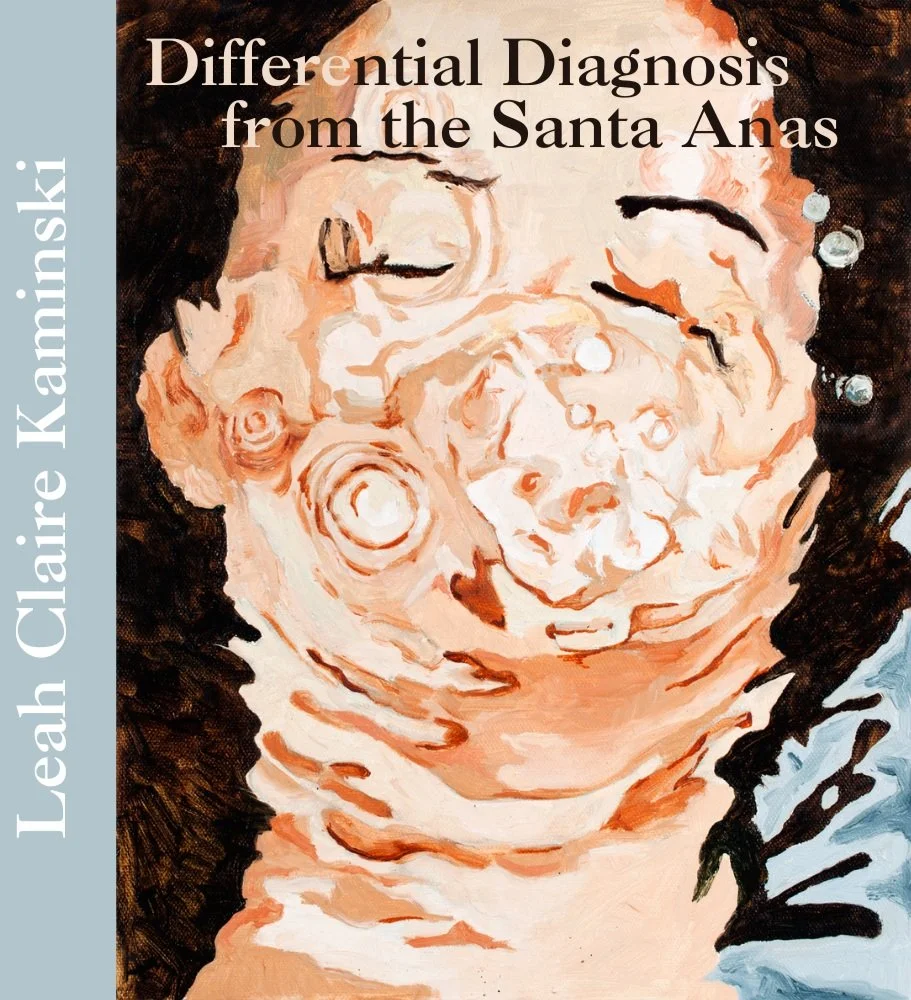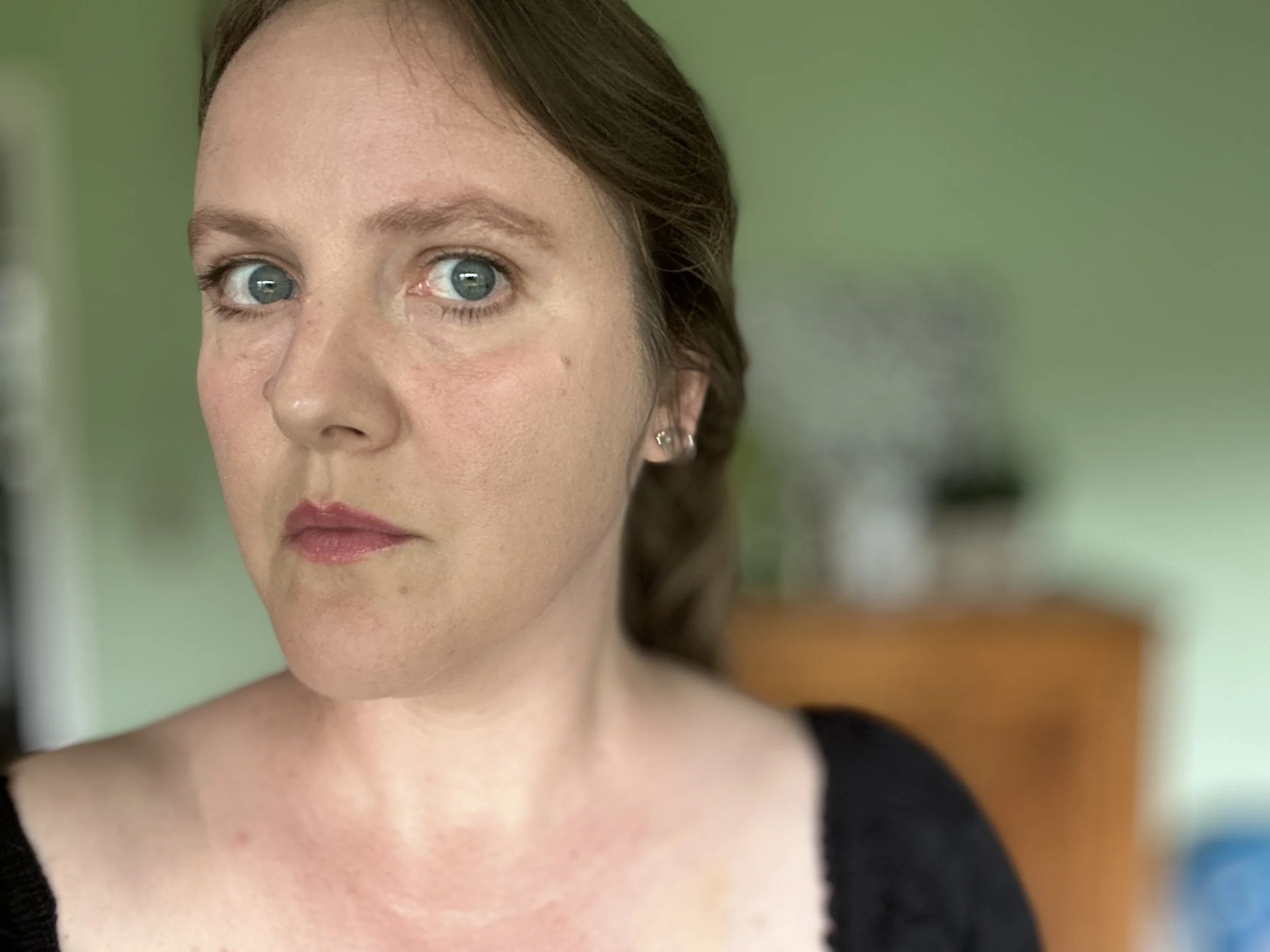Purchase Differential Diagnosis
from the Santa Anas.
Cover art: Baptize, Charity-Mika Woodard
Praise for Differential Diagnosis from the Santa Anas:
The wildness of weather and the mercurial mind are intimately tethered in Differential Diagnosis from the Santa Anas, a collection that takes us into the eye of nature, the eye of the body for what becomes a kind of cinematic close-up of two distinctly beautiful and painful worlds in collision. Language here transcends mere metaphor and loops its tail around the philosophical, where in true Aristotilean fashion the logic of sensory experience forms the reality of bodily experience. The striking undoing of the mind in these pieces forces a center-cannot-hold vision of the natural world. Here birds “don’t stream but scrape” and a brain “is always on the outside.” Kaminski challenges the reader through each Santa Ana poem to survive the deep supernatural experience of being—our bodies tossed by the earth and air, the air shaping the space of our existence. Impossible to ignore the sharp edges of living in this collection and the need for softness, a softness in which “we croon ourselves to ourselves.”
—Jen Rouse, author of A Trickle of Bloom Becomes You and the forthcoming Fragments of V
In Differential Diagnosis from the Santa Anas, the most recent collection by Leah Claire Kaminski, we inhabit a world of indefatigable boundary seeking. At every turn, every line break, the surface of the words disappear—inscrutable, nearly, in our grasp—always inching toward a “clean break jolt or . . . muddied slide.” Kaminski writes fearlessly of fears of the common. Of migraines, of polyester shirts that cling to the body, of “drunk boys jump[ing] over gas grills.” We are constantly reminded that the world is unpredictable, that “what is washed-out on the edges in the center is huge.” Yet the speaker’s spirit remains unsullied, even buoyed by difficulty, by slugs, by “small insects who do errands / coming through the loblollies,” by the subcutaneous and the winds of Santa Ana both. Every space, every almost, every lowering, every pinning down in this collection is a defensible reaction to the known. This stunning collection is a glimpse into Kaminski’s bright future, like a perennial bearing the cusp of spring.
—Ralph Pennel, author of A World Less Perfect for Dying In
and editor of Midway Journal
Leah Claire Kaminski's poems appear in Bennington Review, Boston Review, Fence, Harvard Review, Massachusetts Review, The Rumpus, and Zyzzyva. Her poems have received honors including the C.D. Wright Emerging Poets’ Prize, Grand Prize in the Summer Literary Seminars Fiction & Poetry Contest, and runner up for the Cutbank Patricia Goedicke Prize. She is the author of chapbooks from Dancing Girl Press, Harbor Editions, and Milk & Cake Press. Poetry Editor at The Dodge and Editorial Assistant at Seneca Review, Leah received her MFA from UC Irvine and now lives in Chicago. Find out more at www.leahkaminski.com.



